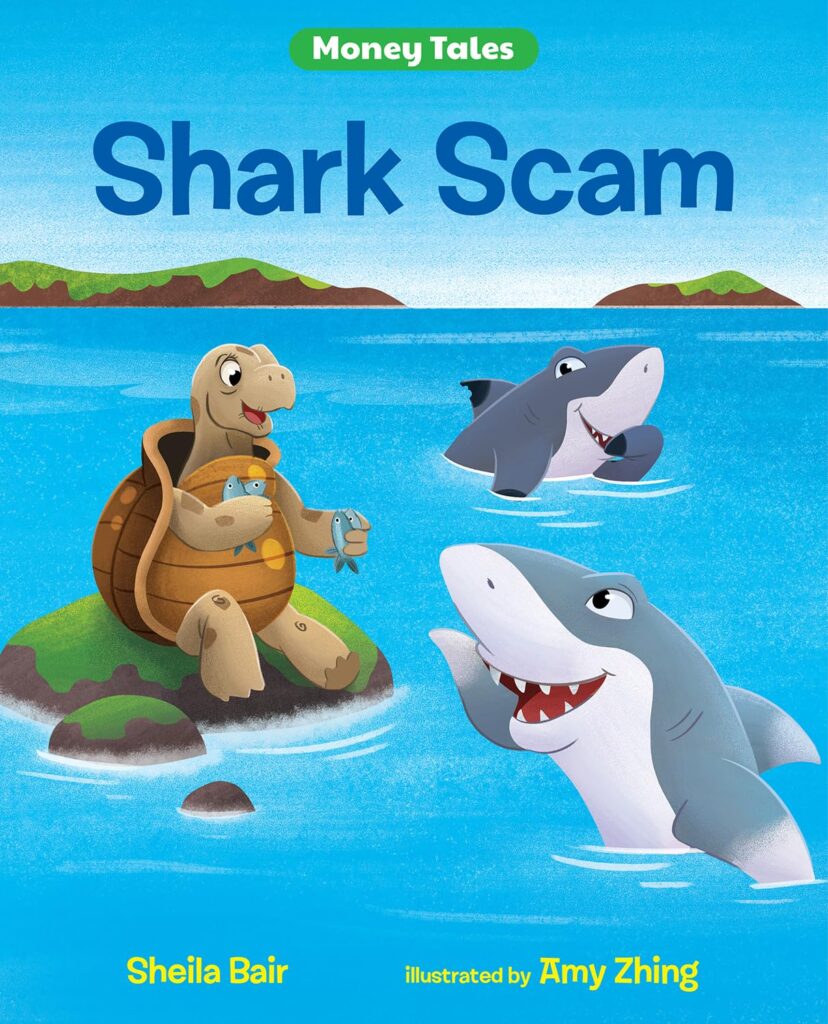
Grades 9-12

Don't have an account yet? Sign up for free
Don't have an account yet? Sign up for free

It can be a real mystery where some things come from and who is responsible for their upkeep. If you build a bridge to cross the stream, you may have paid for all the materials. Yet once the bridge is there, everyone seems to take this short cut to school. After awhile you see that the bridge is beginning to have broken boards and in general is in need of repairs and new coat of paint. Hey, what’s the deal here? Why don’t the other students who use this short cut, pitch in and help keep the bridge in working order?
cross the stream, you may have paid for all the materials. Yet once the bridge is there, everyone seems to take this short cut to school. After awhile you see that the bridge is beginning to have broken boards and in general is in need of repairs and new coat of paint. Hey, what’s the deal here? Why don’t the other students who use this short cut, pitch in and help keep the bridge in working order?
In this lesson, you will learn why some goods are considered to be ‘private’ goods and others are considered to be ‘public’ goods. You will consider the dilemma that surrounds public goods and services by participating in a discussion group – ‘You are all wet!, ‘ Reader’s Theater – ‘Paradise’ and opportunities to test your knowledge of public and private goods.

It is important to understand the concept of goods and services. There are many differences between goods and services, and goods and services make an impact on the publics daily life.
Your class will create an extended list of goods and services — some public, some private and some with characteristics of both categories — and place each listed item on a file card. You will help in this activity by creating cards to generate a pool of items you can use — (about 50 to 100 examples). In the activity that follows, you will use these as you would a ‘spell down.’ The class will be divided into teams (2-3 students per team), and each of you will be called upon to identify whether the example you are given is public, private or both. You will need to explain your answers. When you answer incorrectly you will sit down.The team with the ‘last person standing’. That team will be declared the winner. Your teacher might decide to assign a point per correct answer and determine the winner based on total number of points accumulated per team.
both categories — and place each listed item on a file card. You will help in this activity by creating cards to generate a pool of items you can use — (about 50 to 100 examples). In the activity that follows, you will use these as you would a ‘spell down.’ The class will be divided into teams (2-3 students per team), and each of you will be called upon to identify whether the example you are given is public, private or both. You will need to explain your answers. When you answer incorrectly you will sit down.The team with the ‘last person standing’. That team will be declared the winner. Your teacher might decide to assign a point per correct answer and determine the winner based on total number of points accumulated per team.
As a class, you may discuss the ideas of public protection, pollution, regulation, and taxation.

Grades 9-12

Content Partner
Grades 3-5

Grades 9-12

Grades K-2, 3-5
